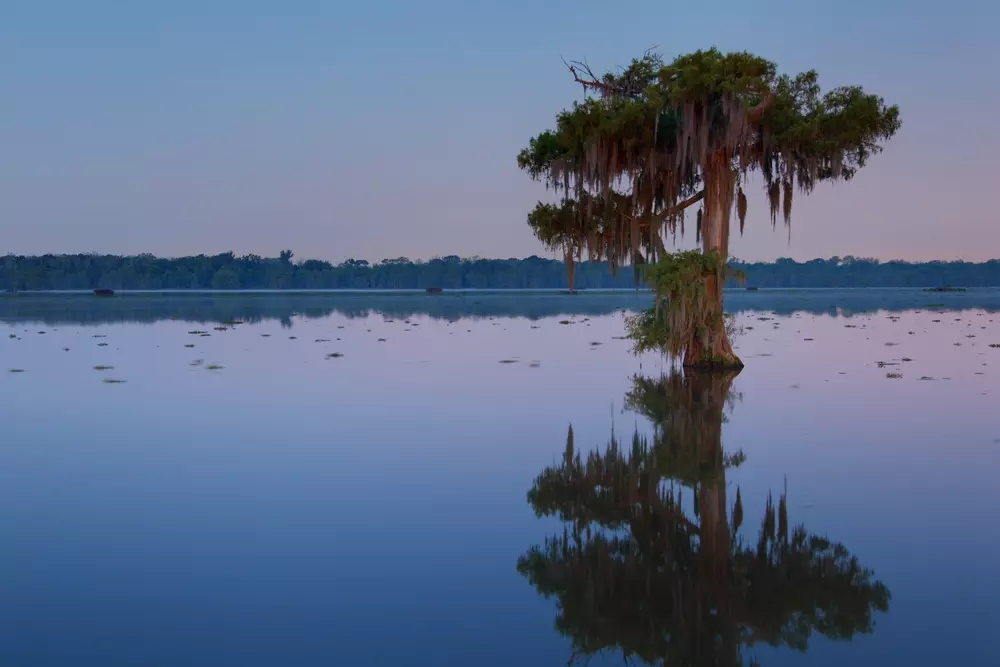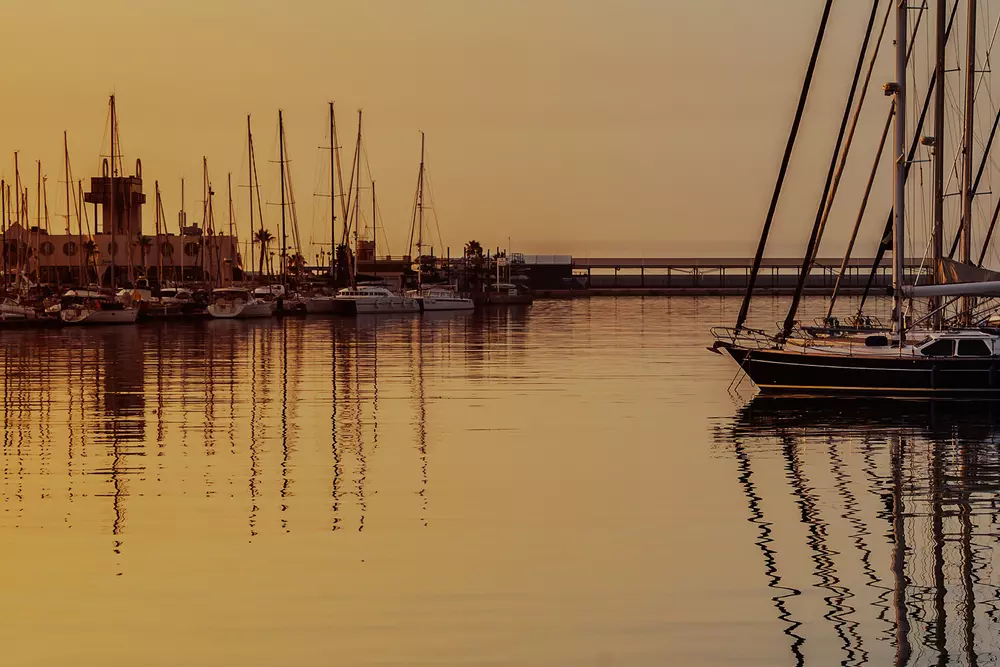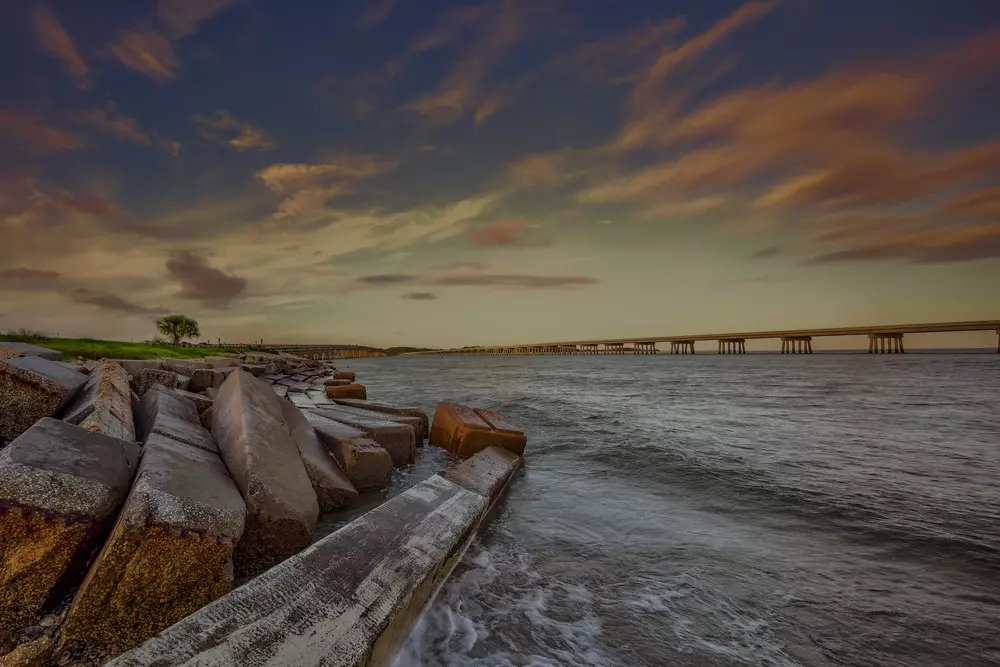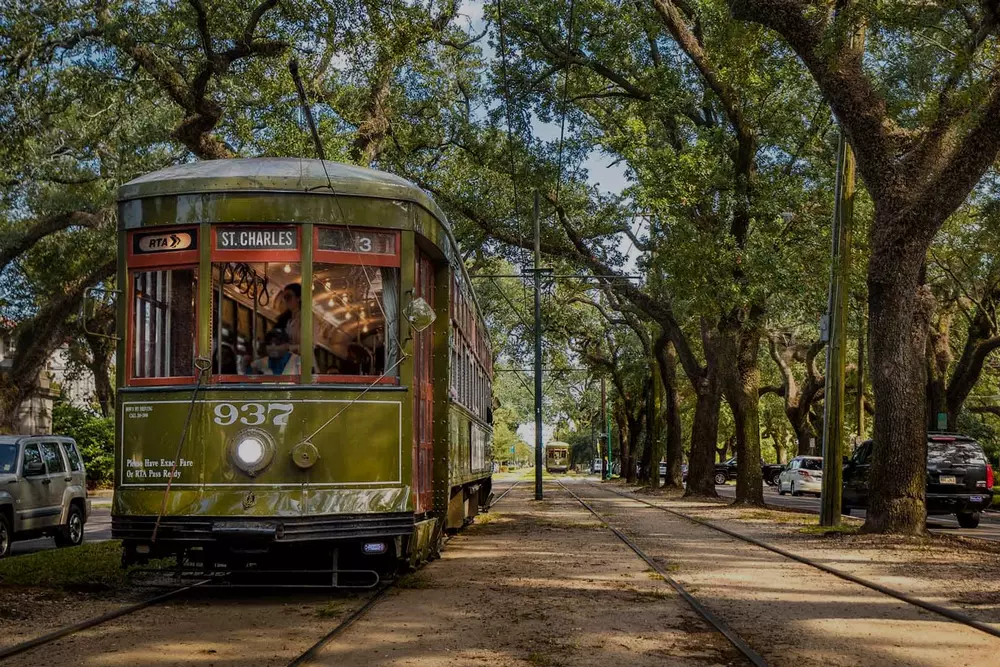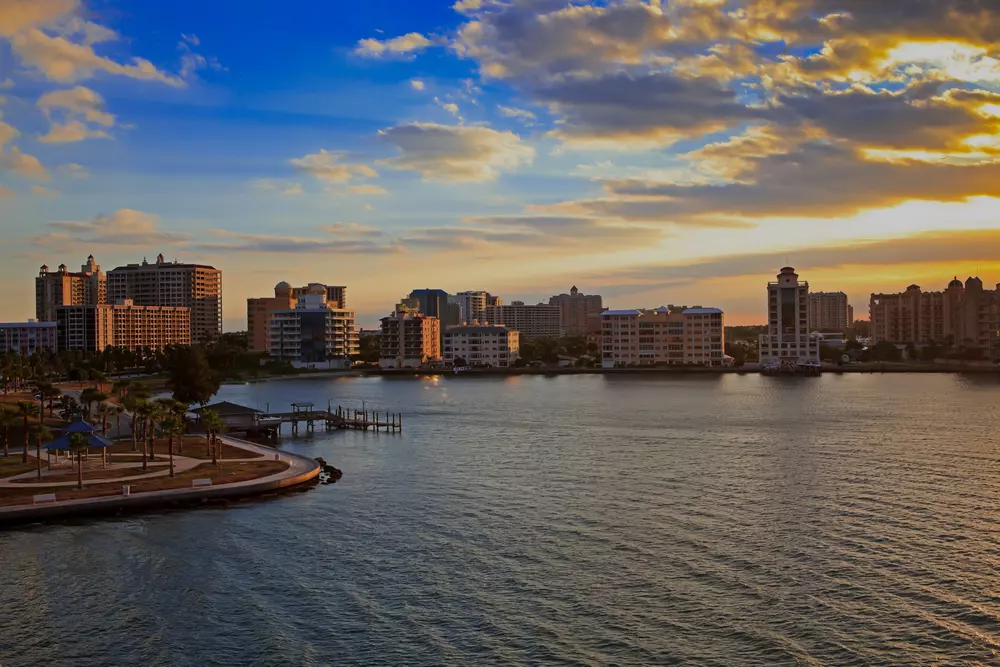USA is a land of vast tourist opportunities, offering diverse travel destinations in almost every state. One of them is the state of Louisiana.
Louisiana is a state with a unique history, fascinating cultural traditions influenced by various ethnicities, and ancient architecture. Visiting Louisiana to witness its beautiful natural landmarks, explore colonial-era attractions, and immerse yourself in the state's unique cultural atmosphere is all possible with American Butler, your trusted travel agency.
For travel enthusiasts and adventurers, we organize tours and excursions to various cities in the state of Louisiana.
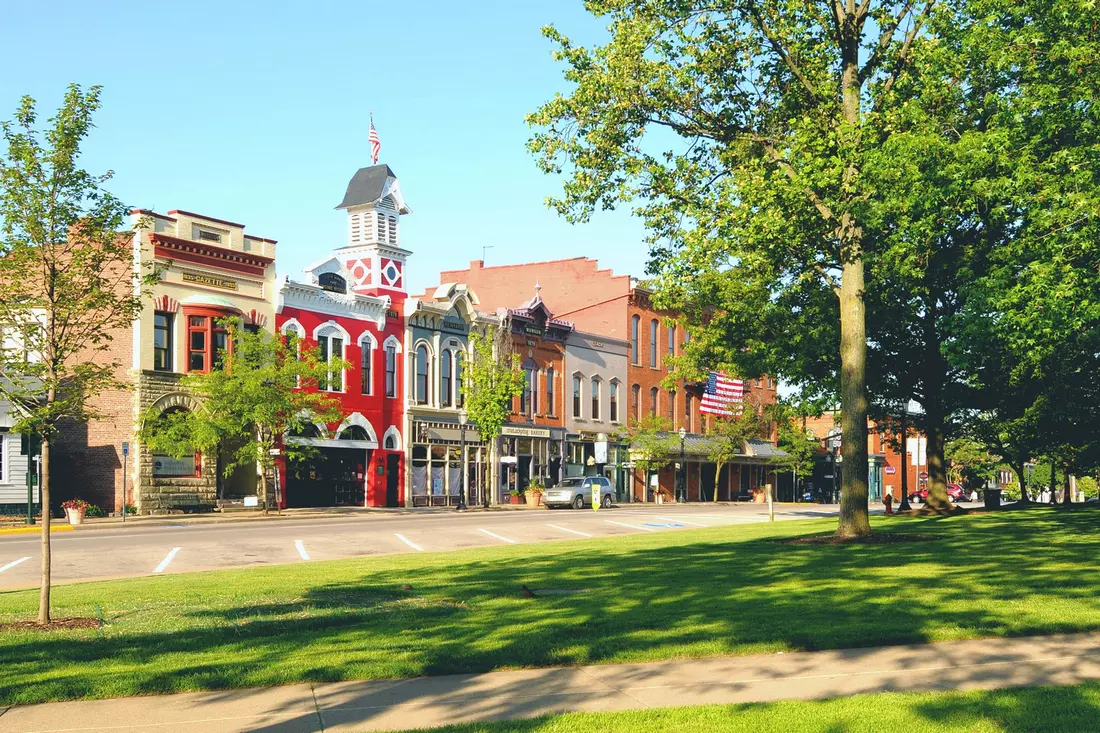
Louisiana History
The state is located in the south of the country along the Gulf of Mexico. It received its name in honor of Louis XIV, the Sun King of France. Before the 16th century, the territory of Louisiana was inhabited by Native Americans. In 1539, the Spanish explorer Hernando de Soto arrived here with his expedition.
In 1682, the French led by René-Robert Cavelier, Sieur de La Salle, arrived. They declared the area their possession and, with the approval of the King of France, began colonizing it. The colonists faced hardships such as hunger, attacks from Native Americans, and a challenging climate. During the final expedition, the settlers revolted and killed La Salle.
By 1718, the residents founded the city of New Orleans. After half a century, the English took control, followed by the Spanish, and then Napoleon Bonaparte. Louisiana became French territory once again. Three years later, it was sold to the United States, and by 1812, Louisiana became the 18th state of America. Around the same time, the largest slave rebellion erupted, with hundreds of slaves gaining their freedom. They burned buildings and attacked plantation owners. Although the revolt was suppressed, it marked the beginning of societal changes.
Over the past century, French refugees flocked to Louisiana, and their descendants came to be known as Cajuns. This name has persisted to this day. Later, another social group emerged — Creoles, the native inhabitants of Louisiana, born to white men and black women. They received a respectable status in society, education, and property. The Creoles contributed to the development of a distinct dialect within the French language.
Thanks to fertile soil and a warm, humid climate, Louisiana flourished as an agricultural center of the country. It produced more sugar cane than anywhere else. International trade thrived through the port of New Orleans.
The Civil War severely impacted the economy. Plantations, maritime trade, and slave labor were abolished. Many African Americans left the land. Hurricanes and typhoons also took their toll. The state faced significant consequences after Hurricane Katrina in 2005, which led to the evacuation of 100,000 people and submerged 80% of the city. It took time for the state to recover after the catastrophe. Tourism and the discovery of oil reserves in the 1950s contributed to its revival.
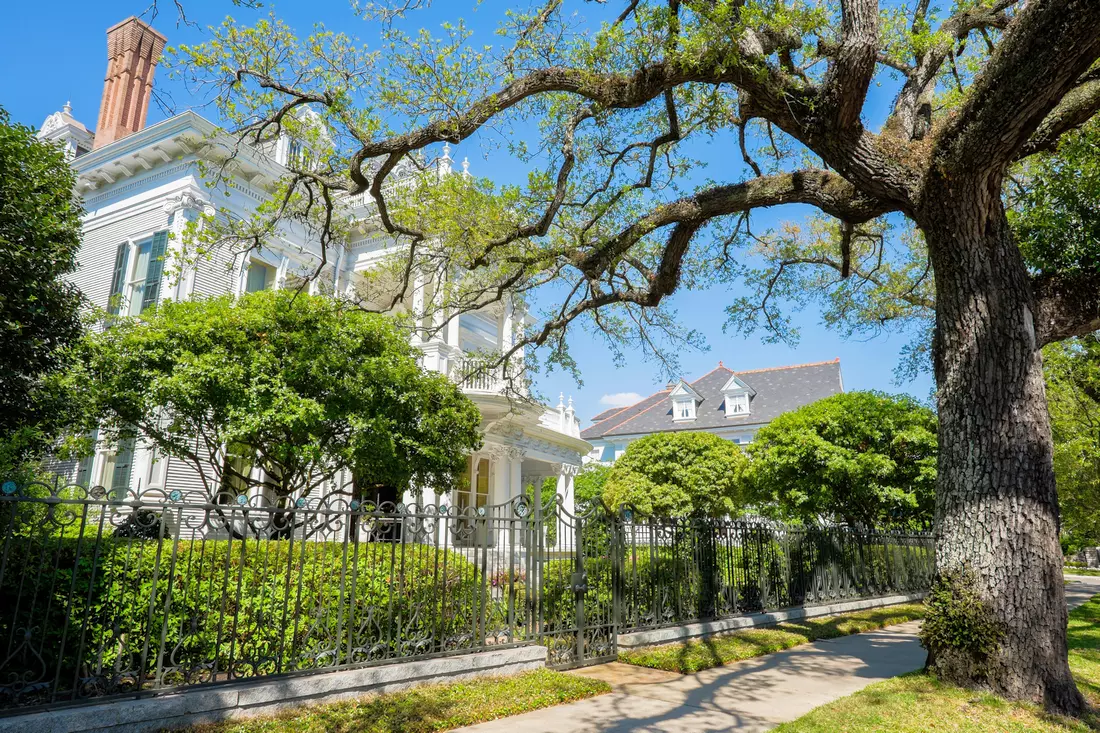
Population and climatic features
The state of Louisiana is located in the southern United States and is known for its cultural diversity as well as its unique natural heritage. Louisiana has a population of approximately 4.7 million people, and it is a place where various ethnic groups, including the French, Spanish, Africans, and others, come together.
The historical past of Louisiana has had a significant impact on the composition of its population. A large part of the population in Louisiana consists of Creoles and Cajuns, who are descendants of French colonizers. Additionally, African Americans, who are descendants of enslaved people brought by the French, Spanish, British, and Native Americans, also reside here. The national characteristics of the population undoubtedly manifest in the cultural heritage of Louisianans.
The climate is humid subtropical. Summers are very hot, long, and humid, with average temperatures around 90°F (32°C) in July, while winters are short and mild, with temperatures rarely dropping below 50°F (10°C). The state is prone to hurricanes, especially during the summer and early autumn months. Such climatic conditions are favorable for tourism development and attracting visitors.

Louisiana is not a state, it is a state of mind.Louisiana proverb
Main attractions
The state of Louisiana attracts enthusiasts of architecture, antiques, and museum treasures. Tourists visit the state each year to explore numerous parks, wildlife reserves, historical landmarks, and the city of New Orleans, the largest in the state. To visit these significant and accessible attractions in Louisiana, you can book an excursion with us.
Some of the most notable and accessible attractions in Louisiana include:
- The Museum of the American Cocktail
According to one version, the cocktail originated in the United States. This museum houses the entire two-century history of the drink, featuring vintage recipes and preparation secrets. In addition to its exhibits, the museum regularly hosts masterclasses, exhibitions, and tours, attracting sommeliers and bartenders from around the world. - Manchac Swamps
Southern Louisiana is known for its swampy landscapes, and Manchac Swamps are the most famous. This eerie place is associated with the legend of a Voodoo priestess who cursed the land. Several small villages disappeared after a hurricane, and the swamps are devoid of animals and birds, with withering plants. Eyewitnesses speak of wandering ghosts, and the swamp is inhabited by predatory alligators. Despite its ominous reputation, Manchac continues to draw travelers. - Myrtles Plantation
Another iconic destination for thrill-seekers is the Myrtles Plantation. It is known for its purportedly haunted history, and tourists are even offered the opportunity to spend a night there. Local legend tells of a slave named Chloe, whose owner cut off her ear for eavesdropping. In retaliation, Chloe baked a poisoned cake that resulted in the deaths of the plantation owner's wife and daughter. Chloe was lynched, and since then, the ghosts of the deceased are said to roam the house. - The French Quarter
Located along the Mississippi River, the French Quarter boasts colonial architecture influenced by French design from the 17th century. Today, the historic buildings house souvenir shops, cafes, restaurants, and art galleries. The world-famous Mardi Gras carnival with its giant floats and colorful parades takes place here annually.
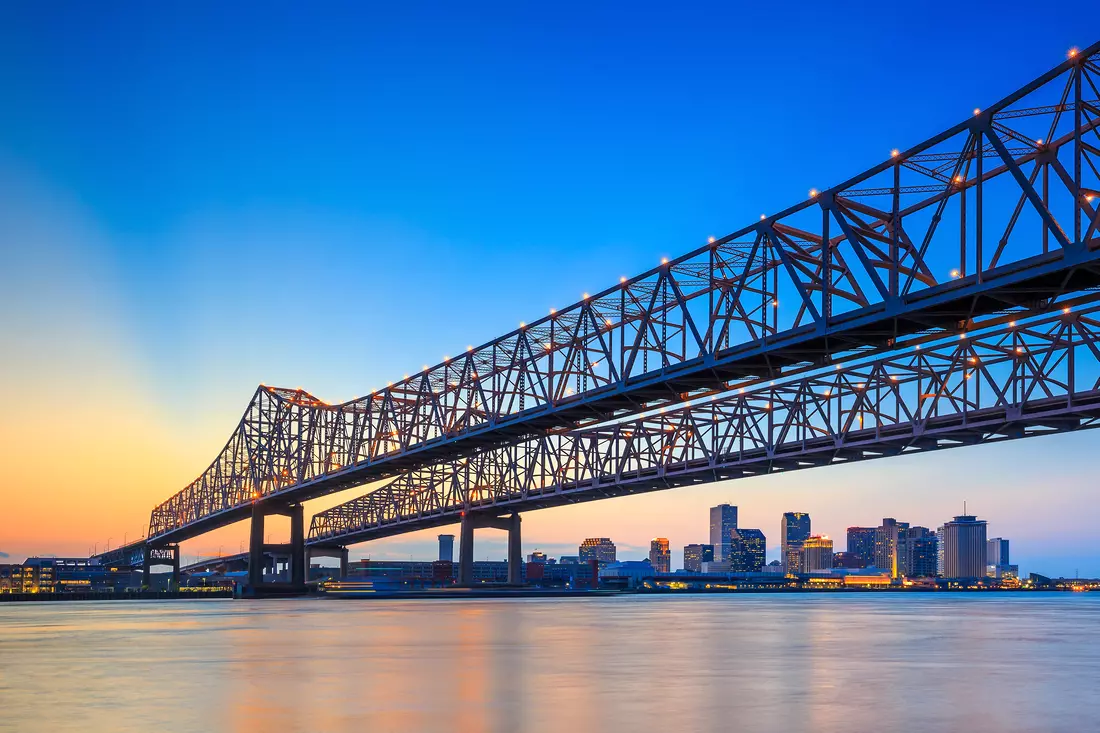
More about attractions
- Old State Capitol in Baton Rouge
The 137-meter, 34-story Capitol is a government building in Baton Rouge. It is recognized as a national treasure, listed in the registry of historical places. - Vermilionville
A city that has preserved Creole and Cajun culture, reflected in its architecture and traditions. It boasts a 30-kilometer-long bridge, one of the longest in the USA. Art enthusiasts can visit the Cathedral of St. John, built in the Italian Renaissance style. - Lafayette Cemetery
Lafayette is a necropolis occupying an entire block of New Orleans. The cemetery was once located in the town of Lafayette, which later merged with the larger city. The cemetery houses over 1500 tombs and graves. It is also famous for being the filming location for movies such as "Interview with the Vampire," "The Originals," "Double Jeopardy," and "Dracula 2000." - Audubon Aquarium of the Americas
One of the largest aquariums on two continents, it showcases a wide variety of aquatic species. - McIlhenny Tabasco Factory on Avery Island
Tours of the factory allow you to not only witness the process of making the famous Tabasco sauce and taste it but also visit the Tabasco pepper plantations and explore the local botanical garden.
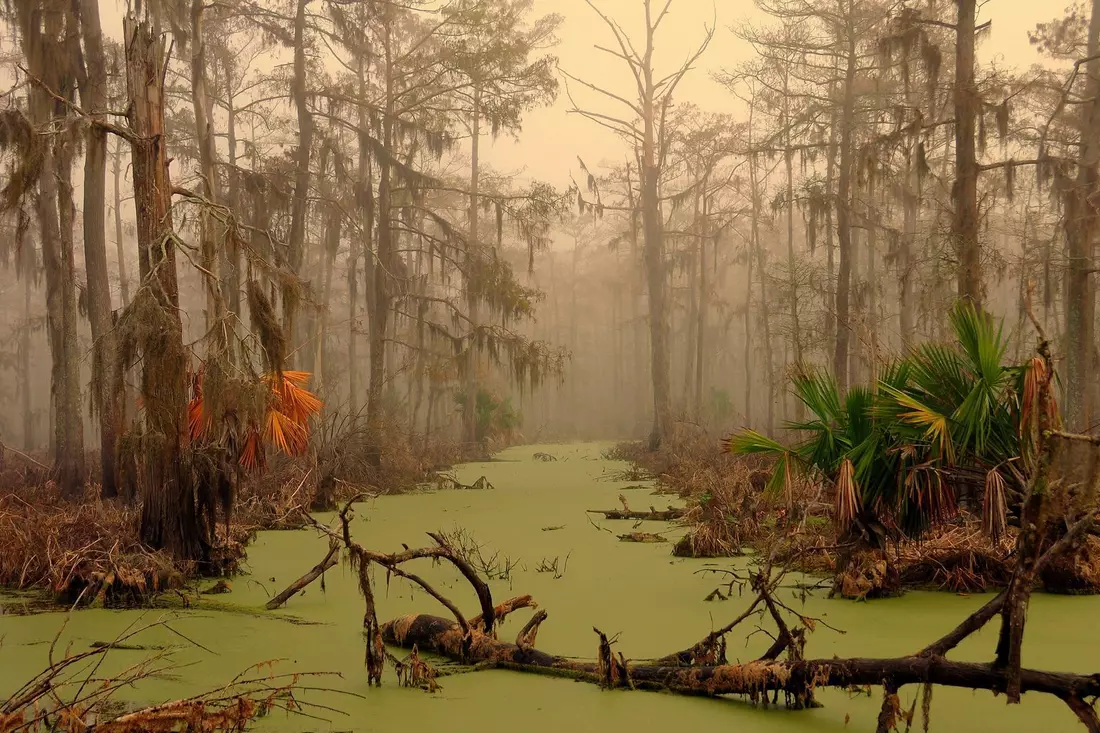
Interesting facts from Louisiana's past
- Louisiana is known as the "Pelican State." The pelican is the primary official symbol of the region, and the brown pelican is depicted on insignia, seals, and old coins.
- In 1803, France sold over 2 million square kilometers of land to America, which now encompasses 6 states.
- 41% of all American wetlands are located in Louisiana.
- Louisiana is the birthplace of jazz, giving the world names like Louis Armstrong, Sidney Bechet, and Lonnie Johnson. Every spring, the Jazz Festival gathers musicians from all over the world.
- The dollar sign ($) was invented in Louisiana by Oliver Pollock, a businessman.
- New Orleans suffered irreparable losses in 2005 when Hurricane Katrina virtually submerged the entire metropolitan area. Thousands of people lost their lives, and thousands more evacuated.
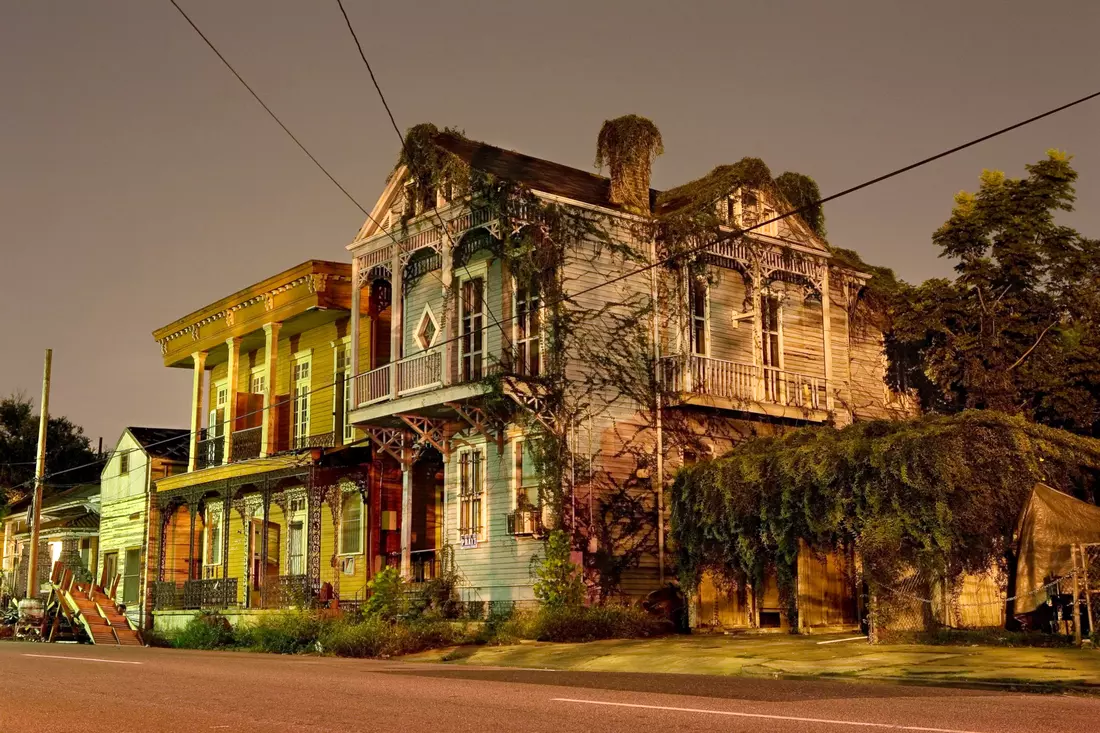
Stupid Louisiana Laws
In Louisiana, there are many bizarre laws that were enacted at different times and under specific circumstances. Here are some of them:
- It's illegal to growl at people in public places.
- Pigs must be fed only with food scraps that have been cooked.
- During parades, it's prohibited to throw condoms into the crowd.
- Crocodiles cannot be tied to fire hydrants.
- It's illegal to engage in sexual activities with cows.
Exciting excursions around Louisiana are offered by American Butler travel and concierge services. Especially for our clients — various tours, individual and group excursions.














